Can GPT-3 Really Help You and Your Company?
If you have ever wondered either what's GPT-3 and how can it be useful to you or your company, this is the article you were looking for.

Watch the video and support me on YouTube!
In this article, I will start by doing a short introduction to what is GPT-3. Then, we will see why and how GPT-3 can be useful to you and your company with many real-world application examples. Following that, I will cover how you can get access to this API and why you are on a waitlist. I will give some tips on getting accepted faster to this API and conclude with a video demonstration of these awesome applications made using this API.
What is GPT-3?
GPT-3 is a new text-generating program from OpenAI. This model is pre-trained, but it is never touched again. Specifically, they trained GPT-3 on a dataset of half a trillion words for 175 billion parameters, which is 10x more than any previous non-sparse language model. Then, there is no more fine-tuning to do with this model, only few-shot demonstrations specified purely via text interaction with the model. For example, an English sentence and its French translation.
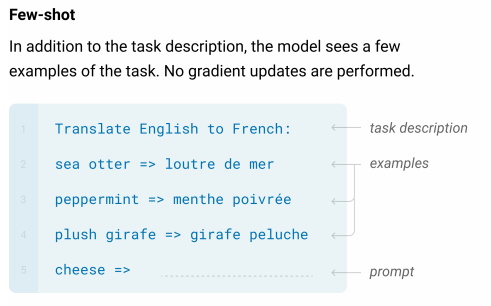
The few-shot works by giving a certain amount of examples of context and completion, and then one final example of context, with the model expected to provide the completion without changing the model’s parameters. The model even reaches competitiveness with prior state-of-the-art approaches that are directly fine-tuned on the specific task! In summary, it works great because its memory pretty much contains all text ever published by humans on the internet. I will stop my overview of the paper at this point, but you should definitely give a look at their paper and my video explanation for a better understanding of this new GPT-3 model. I linked both at the end of this article.
How can GPT-3 help you and your company?

Now that we know more about what’s this “GPT-3” model. You may think: “That’s cool, but how can it help me and how can I use it?”. Well, it can help in many ways. It all depends on what you need it to do, but it is a super versatile deep learning model that can be applied to many applications. The next sections will show some of the people’s current applications and how you can use them. In short, GPT-3 has been trained on pretty much all the internet, so it can do a lot of different things. It goes from programming for you, doing natural language processing tasks, such as summarize the text or even do the opposite, generating text from summaries, and much more. You can already see that it covers a lot of potential applications and there is still a lot more to be discovered. This is exactly what OpenAI is looking for by giving access to their API, and we will further discuss this in the sections below.

GPT-3 concrete examples of what it can do
There are already many examples of GPT-3’s applications even though it has only been released earlier this summer. As I said, it covers a wide field of applications such as:
- Generate emails from a short description
Here @SamanyouGarg used GPT-3 to build a mobile and web Gmail add-on that expands given brief descriptions into formatted and grammatically correct professional emails.
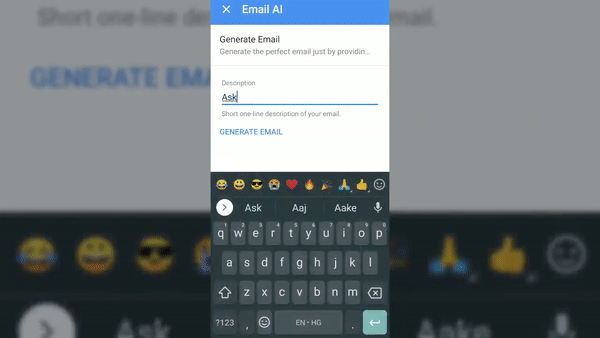
- Generate python code from a description
This is a demo app by Samanyou Gag that lets you generate Flask (Python) API code just by describing the functions in English using GPT-3.

- Generate faces using a specific description
Shiv Kanthb was able to generate faces using a specific description such as “Generate a front-facing young black adult female with brown eyes and long hair”.
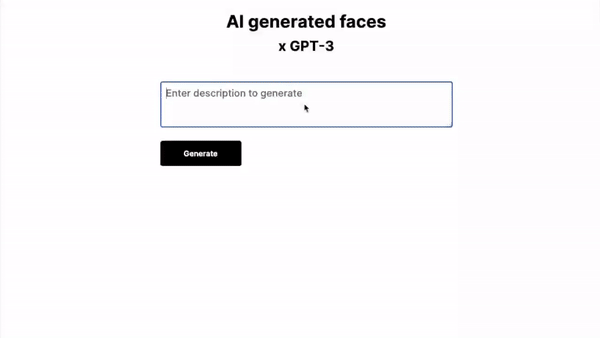
- Generate a deep learning model based on a description
Matt Shumer made a deep learning model generator based on a description. Ask GPT-3 to “Build a model to classify images into 5 groups. The dataset has 25000 images, with an input shape of 500x500” and it produces valid Keras code with the correct input and output shapes.

- Summarize your emails
If you are too busy to read every single email you receive, Magic Email is able to summarize them for you using GPT-3!
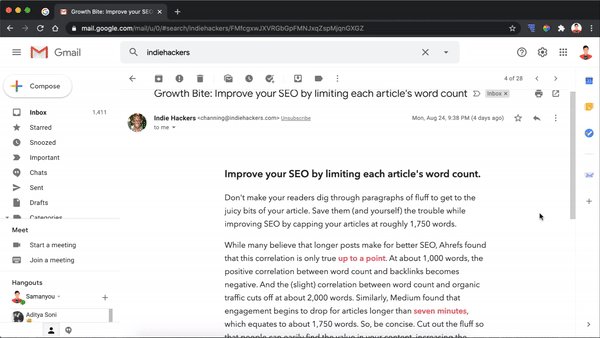
@levelsio made a business idea generator using GPT-3!
The idea behind this website is to give you the inspiration to create something if you lack inspiration right now.

Check it out by yourself: https://ideasai.net/
And there are many more to come. You may be the author of the next unique GPT-3-based application!
Note that these are all just small GIFs demonstrating the applications, I linked a more in-depth video about GPT-3’s applications at the end of this article if you’d like to see more of it.
How to get access to their API?

Now the only questions left are; how can it help you specifically and how can you use it? Well, the answer to the first question is simple. It can help you by completing a specific task you want it to achieve which contains the usage of words since it is mainly a natural language processing model. As we just saw, it can do many, many things related to words, and its limit seems to only be your imagination. If you think of a feature that might be automatized or improved in your own application or website, then you should definitely give it a try.

The answer to the second question, “how can you use it?” is a bit more complex. The simple answer is to do like everyone else and fill up the form to get access. The form is linked at the end of this article if you are interested in using GPT-3’s API. Unfortunately, as you may be aware, the hype behind GPT-3 makes it quite hard to get accepted since there are so many people wanting to try it for themselves. Well, there may be an alternative to that, or at least, a way to get accepted faster. For that, we first need to understand why OpenAI made an API and what they are looking for with this API release. In fact, the reasons are quite simple. The API is actually in beta, so the access is limited to some people like most applications in their beta phase. This is why there is a waitlist.
OpenAI’s goal

Now the only question’s left to answer is; “I filled the form months ago, and I am still not accepted yet, why is that so?!” This question is linked to what OpenAI is looking for by releasing GPT-3 into an API. OpenAI’s goal is to discover serious commercial applications for GPT-3 API. They want to discover new ways that other people are able to make money through their API. It could either be by using their API to directly make money or just by using it to affect an industry or a product and make it (more) profitable. So here are my suggestions to help you get into this API.
First, you need to fill out the form, without lying. Then, you talk about you, your company, and how GPT-3 could be used specifically to you. This is the most important part. This application of GPT-3 needs to be unique. It needs to be something new and something that can also help them by being impressive and showing a new way to use GPT-3 to make more money. Plus, you need to show that you understand how GPT-3 works and the potential benefits and risks from your use case so that OpenAI’s team knows they can have trust in your judgment to have their name associated with you.
Finally, I would also suggest you try and contact them personally. After some research, here’s what I found on Twitter:
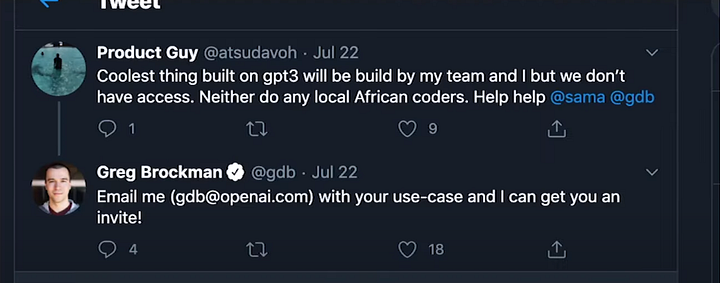
I then contacted them directly, telling me what I would like to do with it as well as some details on my company, and here’s the answer I got:

While it may not be what you really wanted to hear, it is still better than waiting and doing nothing.
I hope that this article helped you understand their thoughts behind their decisions with GPT-3. Good luck in your process and I hope that you will get access to this API and use it successfully! Please, let me know what you would like to do with GPT-3 in the comments, and feel free to share any other tips, I would love to read them!
References
GPT-3 Paper,https://arxiv.org/pdf/2005.14165.pdf
GPT-3 video explanation,https://www.youtube.com/watch?v=gDDnTZchKec
OpenAI’s API request,https://forms.office.com/Pages/ResponsePage.aspx?id=VsqMpNrmTkioFJyEllK8sx3ELsv0PEhHphhNz30FttVUNkYwTlNPMVI1V0lXNjExMlExUlc4SE5YSS4u
If you like my work and want to stay up-to-date with AI, you should definitely follow me on my other social media accounts (LinkedIn, Twitter) and subscribe to my weekly AI newsletter!
To support me:
- The best way to support me is by following me here on Medium or subscribe to my channel on YouTube if you like the video format.
- Support my work on Patreon
- Join our Discord community: Learn AI Together and share your projects, papers, best courses, find Kaggle teammates, and much more!
